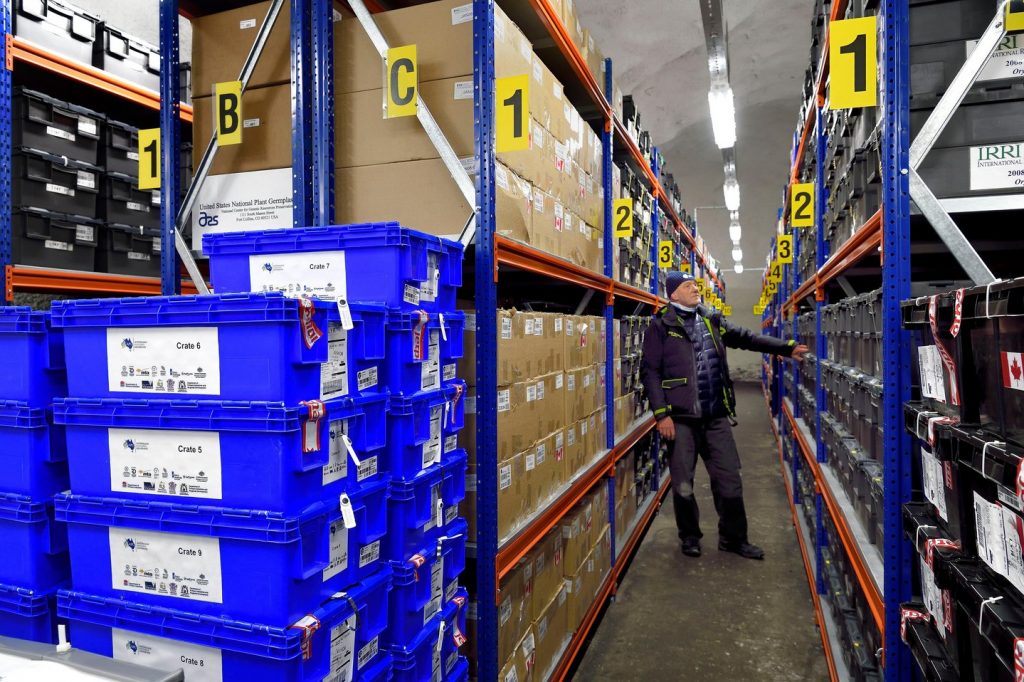The Svalbard Global Seed Vault was opened in 2008 and is now home to over one million seed samples. Some people have compared it to Noah's ark. Others have called it a frozen Garden of Eden. The biblical allegories suggest the seriousness of the issue.
"This is not our biggest assignment, but it may well be our most important. It's with a certain sense of awe that we look after what may come to look after all of us eventually," says Jostein Markussen of Kiona.
With eyes on mother earth's backup – monitoring
It all started when the company Kuldeteknisk (now PTG), a Kiona-certified partner, won the tender to supply the refrigeration plant to total contractor Hæhre. They knew who they wanted to bring along with them as a subcontractor.
"We do a lot of good things with Kiona. They deliver reliable solutions and are flexible, and we work well together. If we need anything, they solve it for us. That's how it was in this case, too," says Martin Corneliussen, project manager at PTG.
While PTG supplies the equipment, Kiona is responsible for monitoring the technical equipment, such as the dehumidification system and CO2 machine, using the SCADA system IWMAC. They're also responsible for monitoring energy consumption and temperatures – from the main door into the innermost and holiest storage areas.
Overview – and remote control
Thanks to detailed system images, the cooling contractor can monitor that everything is working correctly. "That's the key to this project," says Corneliussen.
"All the aspects here are important, but without monitoring, we wouldn't be able to maintain control of what's happening. That's vital for Statsbygg, the Norwegian government's building commissioner. They've completed major modifications and are very keen on maintaining a complete overview," he continues.
Seed storage

At the same time, it's not just about monitoring because what if something needs to be changed? Markussen at Kiona explains that the overview is only half the story.
"It's one thing always to have a clear picture of what's happening, but you also need control. Our system allows service partners to remotely control and customize the system from anywhere in the world. So they don't need to travel to Svalbard to make changes."
The vault
The value of perfect temperature
There are several reasons why Platåberget mountain on Svalbard was chosen. One of them is that the mountain is frozen.
"In other words, what is stored there is not just artificially refrigerated. That provides an extra level of security as a fail-safe. If the human systems failed, the seeds would still stay cold," says Corneliussen at PTG.
But the correct temperature is also about predictability and stability. And the site owner's instructions are clear: The temperature must be -18 °C. No more, no less.
"It is our job to achieve that precise temperature," he explains and concludes:
"And using IWMAC, we can both ensure and document that we can do just that."
Learn about monitoring energy consumption and temperatures